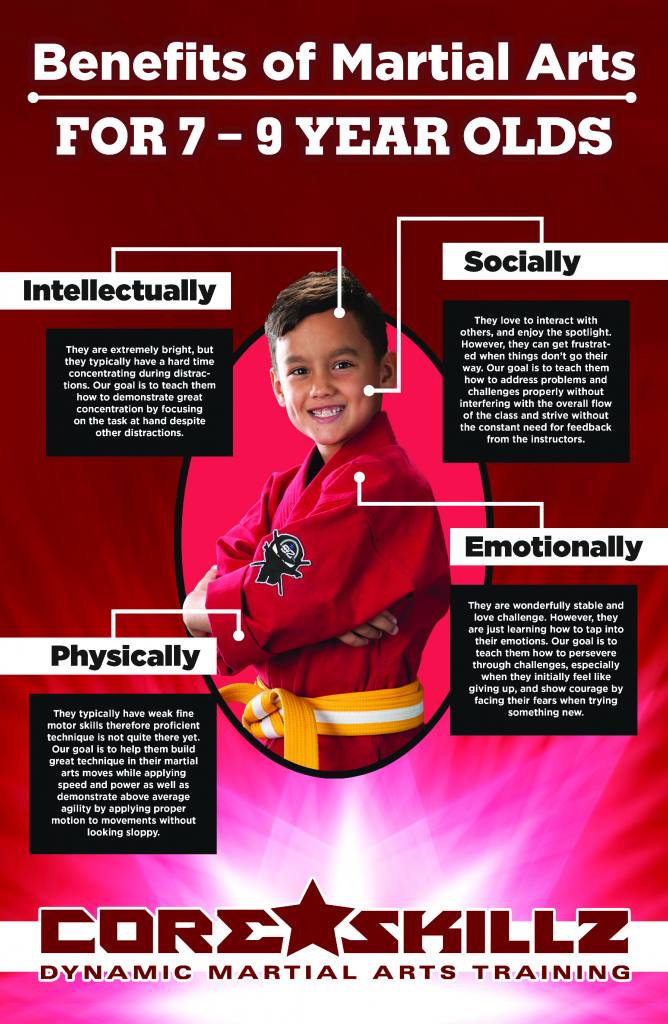Discovering The Rich Heritage And Spiritual Measurement Of Martial Arts: A Comprehensive Evaluation
Discovering The Rich Heritage And Spiritual Measurement Of Martial Arts: A Comprehensive Evaluation
Blog Article
Material Develop By-Ingram Mcintyre
Step into the old globe where martial arts were substantiated of necessity in diverse areas. Societies crafted one-of-a-kind fighting styles linked with historical contexts. Techniques developed over centuries via committed technique and social exchanges. Today, modern martial arts blend standard components for optimal performance. Philosophically, martial arts stress self-control, self-improvement, and consistency. Regard, humbleness, and equilibrium are foundational concepts directing practitioners towards development and durability. Explore the midsts of this rich background and viewpoint to reveal the profound impacts forming this enduring discipline.
Origins of Fighting Style
Martial arts originated in various regions around the world, evolving as useful combat systems to defend against threats. These ancient battling designs were created out of requirement, with each society crafting strategies suited to their special settings and challenges. From the grappling arts of Jujutsu in Japan to the striking methods of Kung Fu in China, martial arts were deeply intertwined with the historical, social, and cultural fabric of their corresponding societies.
In Japan, the samurai class polished martial arts like Kenjutsu, the art of the sword, which later on advanced into the extra popularized type of Kendo. Meanwhile, in Brazil, Capoeira emerged as a blend of dancing and combat, produced by enslaved Africans as a method to resist oppression. Each fighting style lugs with it an abundant history and ideology, mirroring the values and ideas of individuals that practiced them.
As you explore the origins of martial arts, you uncover a tapestry of human ingenuity, durability, and the stubborn spirit of warriors throughout time.
Evolution of Strategies
Through centuries of method and improvement, combat strategies within numerous martial arts have actually undertaken an extensive evolution. From ancient styles like Kung Fu and Martial arts to a lot more modern-day disciplines such as Brazilian Jiu-Jitsu and Krav Maga, the development of strategies has been driven by a mix of cultural impacts, useful applications, and technological innovations.
One considerable aspect of this evolution is the cross-pollination of strategies between different martial arts. For example, methods from traditional Japanese Jiu-Jitsu were incorporated right into the creation of Judo by Jigoro Kano in the late 19th century. This mixing of designs has caused the growth of crossbreed martial arts like Mixed Martial Arts (MMA), which combine components of striking, grappling, and entry techniques.
Moreover, the advancement of methods has been formed by the raising focus on performance and efficiency in combat. Practitioners have continually looked for to improve their methods through extensive training, testing, and competition, bring about the growth of very specialized and effective combating styles. On the whole, the evolution of methods in martial arts reflects the dynamic nature of fight and the recurring mission for renovation and advancement.
Philosophical Structures
Discovering the underlying philosophical principles of martial arts gives insight into their core worths and directing beliefs. At the heart of many martial arts self-controls is the idea of technique itself. By training why do bullies win and body to serve as one cohesive device, you cultivate technique that extends past the dojo or health club into everyday life. This self-control incorporates respect, humbleness, and self-control, shaping not simply your physical abilities however also your character.
https://www.wyomingnewsnow.tv/2023/08/03/girls-gis-introduces-women-into-world-martial-arts/ in martial arts is the concept of continual self-improvement. where martial arts sims 3 of understanding a martial art is endless, with experts frequently striving to much better themselves, both physically and emotionally. This focus on growth fosters durability, willpower, and a growth frame of mind that can be related to all elements of life.
Additionally, martial arts emphasize the significance of consistency and equilibrium. Strategies are created to make use of an opponent's power versus them, highlighting the concept of yielding and rerouting force as opposed to satisfying it head-on. This viewpoint reaches interpersonal partnerships, promoting tranquil resolutions and mutual understanding. By embracing these philosophical foundations, martial musicians not just enhance their combat skills but likewise grow a lifestyle centered on personal development, regard, and harmony.
Final thought
Finally, the history and ideology of martial arts supply a rich tapestry of tradition, self-control, and self-improvement.
Take for instance the tale of Bruce Lee, who changed martial arts by blending various styles and philosophies to create his own special type of Jeet Kune Do.
Via commitment and development, martial musicians remain to press borders and motivate others to reach their full possibility both in combat and in life.
